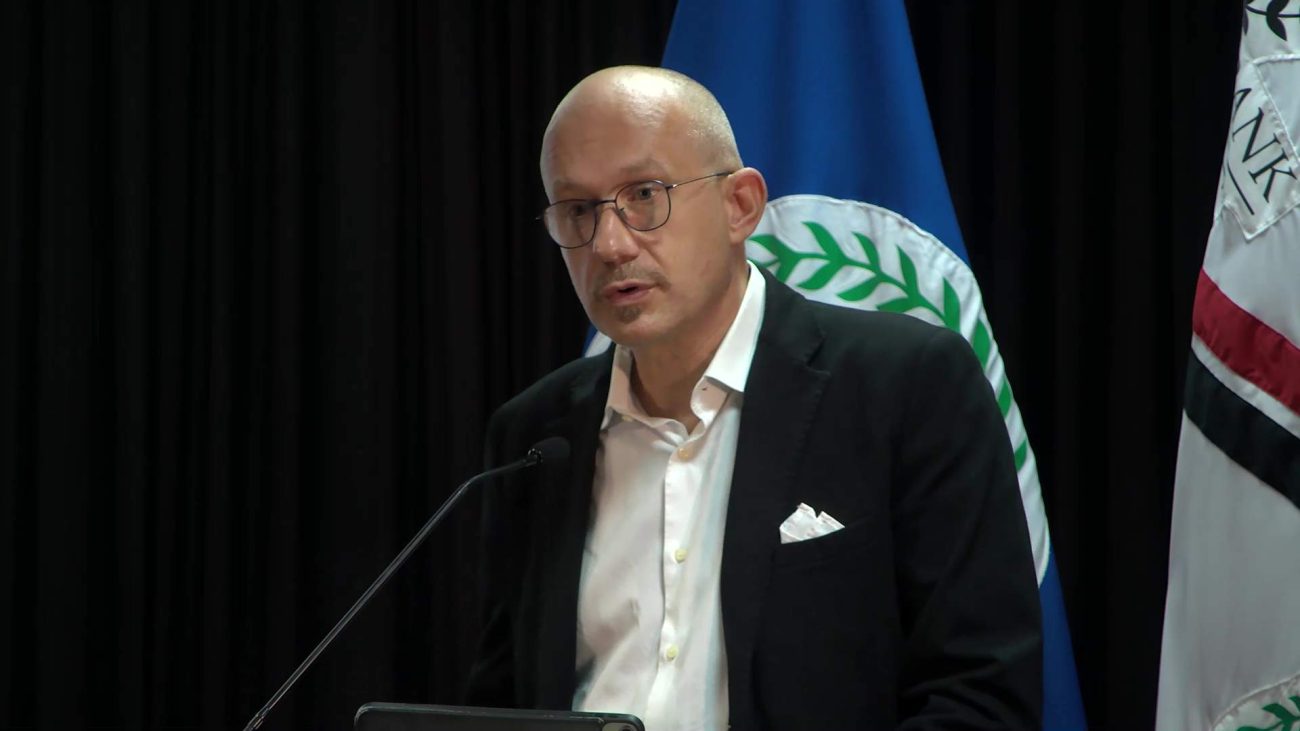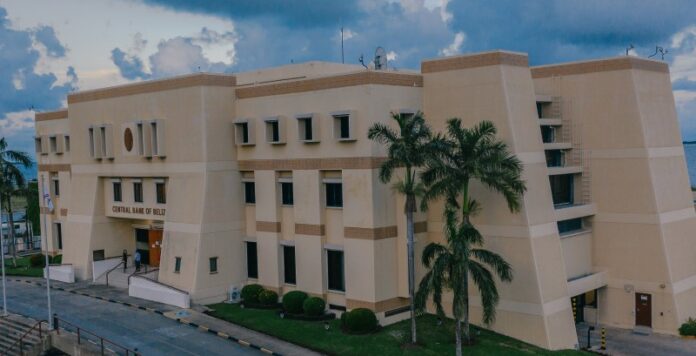For the first time in Belize, the Central Bank has introduced a centralized Credit Reporting System (CRS) to make borrowing less risky, more affordable, and more accessible nationwide. At a press conference in Belize City, Central Bank Governor Kareem Michael unveiled the initiative, explaining that the system is designed to lower borrowing rates and expand financial inclusion nationwide.
The program was officially presented on October 9th. To launch the initiative, the Central Bank contracted CRIF, an international firm specializing in credit reporting and financial solutions. During his presentation, Governor Michael explained that in countries with comprehensive credit systems, lending costs decrease significantly. “More people gain access to finance and financial inclusion expands,” he said. “Differentiating between the creditworthiness of clients becomes very difficult when credit reports are lacking. In other words, without a way to distinguish between borrowers, lenders hesitate to extend loans.”

Michael added that to compensate for this uncertainty, lending institutions often raise interest rates, require excessive collateral, or deny loans altogether. “There is a bit of discriminatory lending practice also involved in this. Our credit reporting system addresses this imbalance by providing transparent, standardized credit histories,” he said. “It helps lenders make better decisions, reduce the cost of borrowing, and opens the door for more Belizeans to participate in the financial system.”
Through the CRS, small businesses and individuals will be able to build “reputational collateral,” a financial track record that can serve as a substitute for physical collateral, such as land or property. This will allow more Belizeans, including micro, small, and medium enterprises, to participate in the formal financial system.
The new system also emphasizes consumer protection. Under the Credit Reporting Act, every individual will have the right to access and verify their financial information. “Each consumer is entitled to obtain one free credit report every year, ensuring transparency and giving consumers the opportunity to understand and correct their financial information if needed,” Michael said.
When asked how the system will assist small borrowers, Michael explained that the credit bureau will provide lenders with clearer profiles of borrowers and businesses. “That information will provide the lender a much better assessment of what the repayment capacity or credit worthiness is,” he said. “With that level of information, the lender is able to then say, well, your interest rate or the terms of which I construct your loan is now this because you have given me this level of information.” Without such a system, he added, lenders typically apply a blanket 8% rate to all borrowers, which may only be lowered for a select few. Maintaining good borrowing habits will be key to earning better lending rates under the CRS.

Davide Meo, CRIF’s International Markets Director, explained that the system will shift lending decisions from subjective to data-based evaluations. “Without a credit bureau, the judgment that a lender does, without finger-pointing anybody, is based on subjective evaluation. Whilst when you’ve got a credit bureau up and running, it is objective. So that’s one of the main differences,” Meo said.
Stakeholders in San Pedro shared that the system is similar to the credit score model used in the United States, where individuals and businesses are evaluated based on their financial behavior. They noted that as credit begins to flow more efficiently through the economy, investment and development will likely increase.
The Credit Reporting System is expected to launch officially in early 2026. The cost to creditors for accessing reports has not been disclosed yet.


